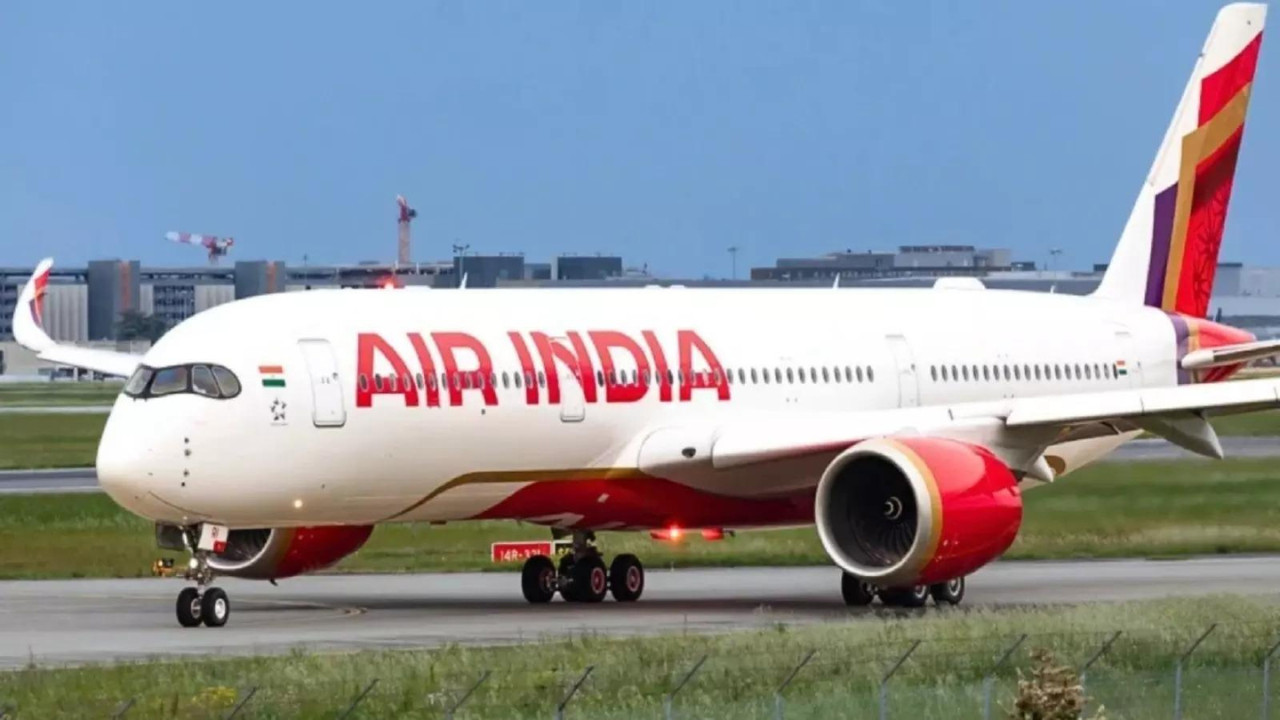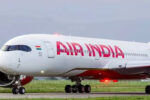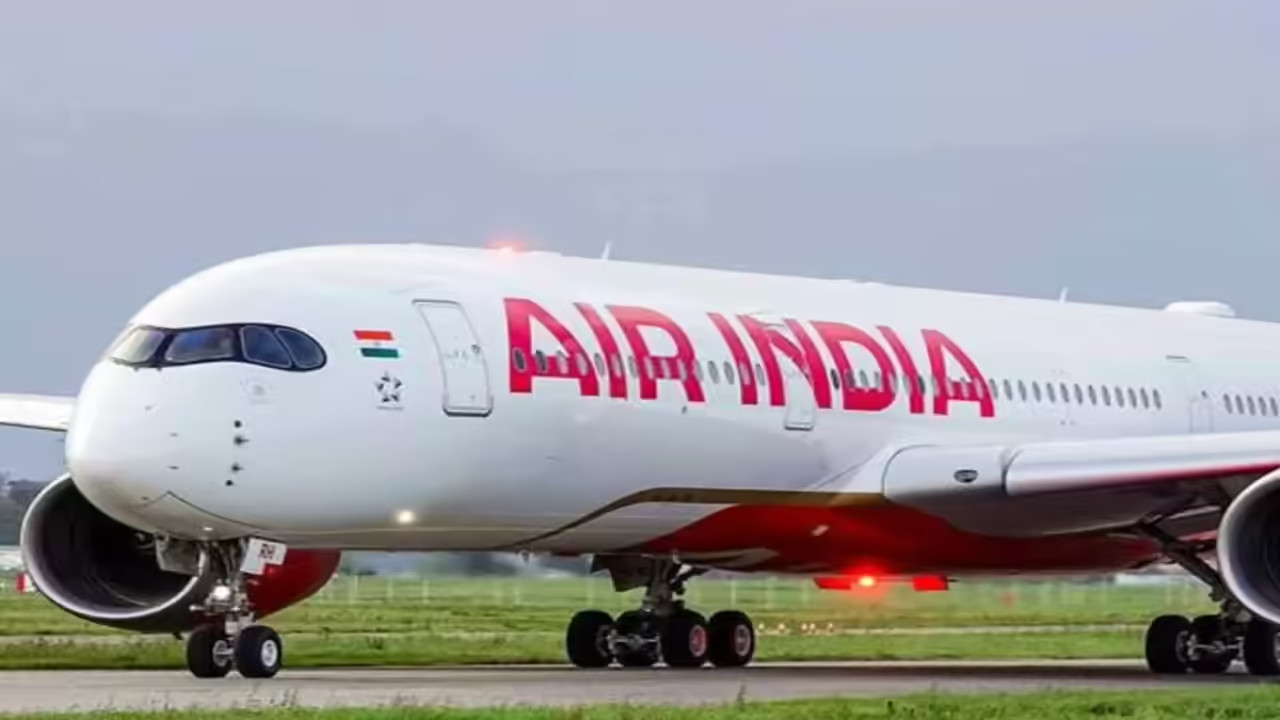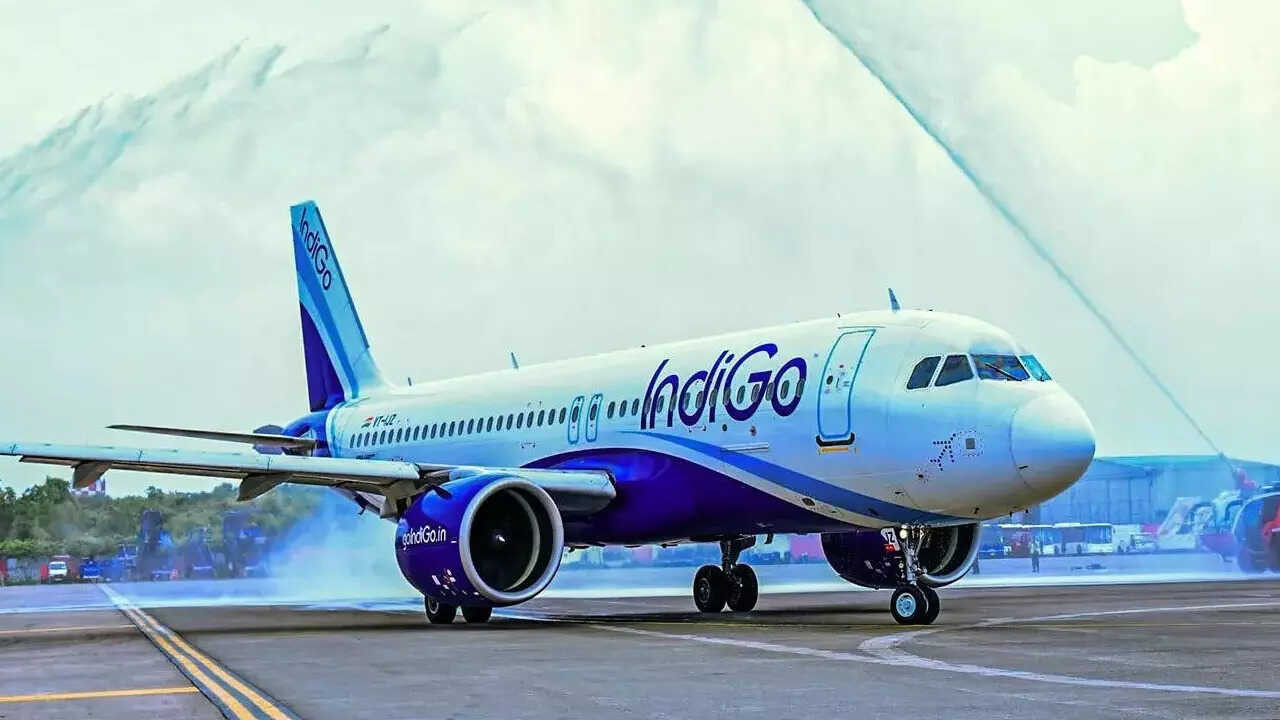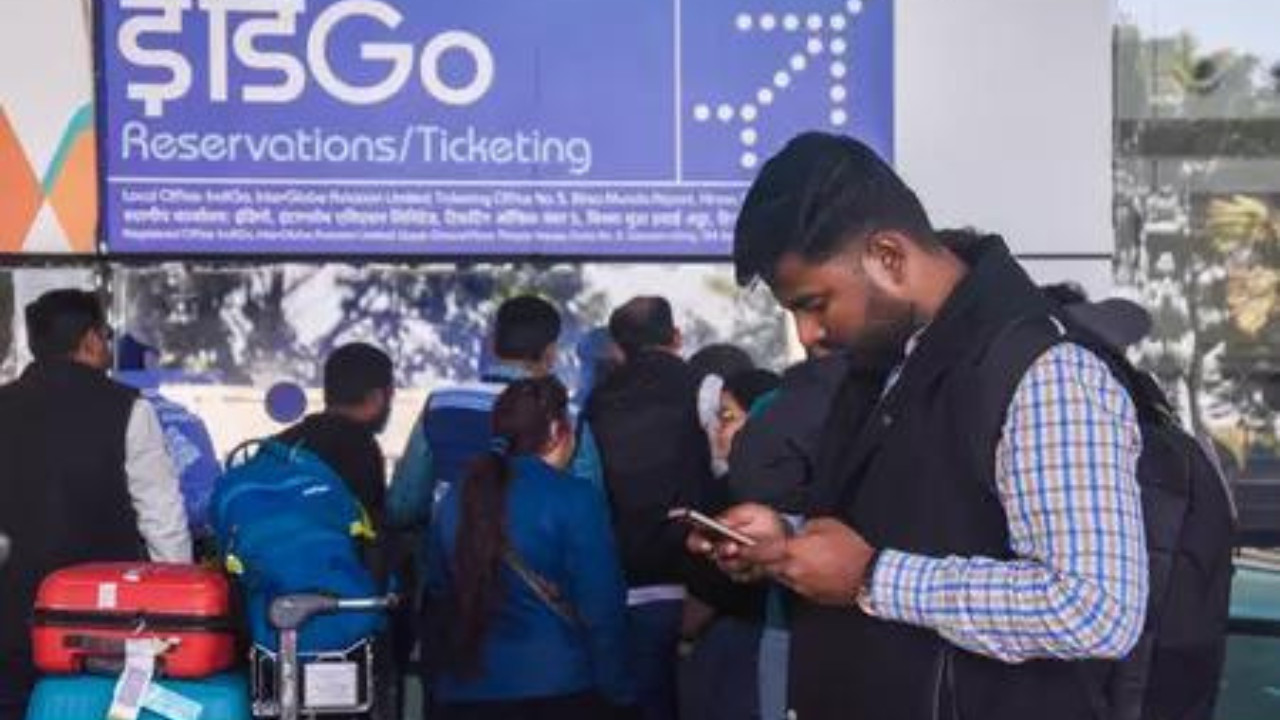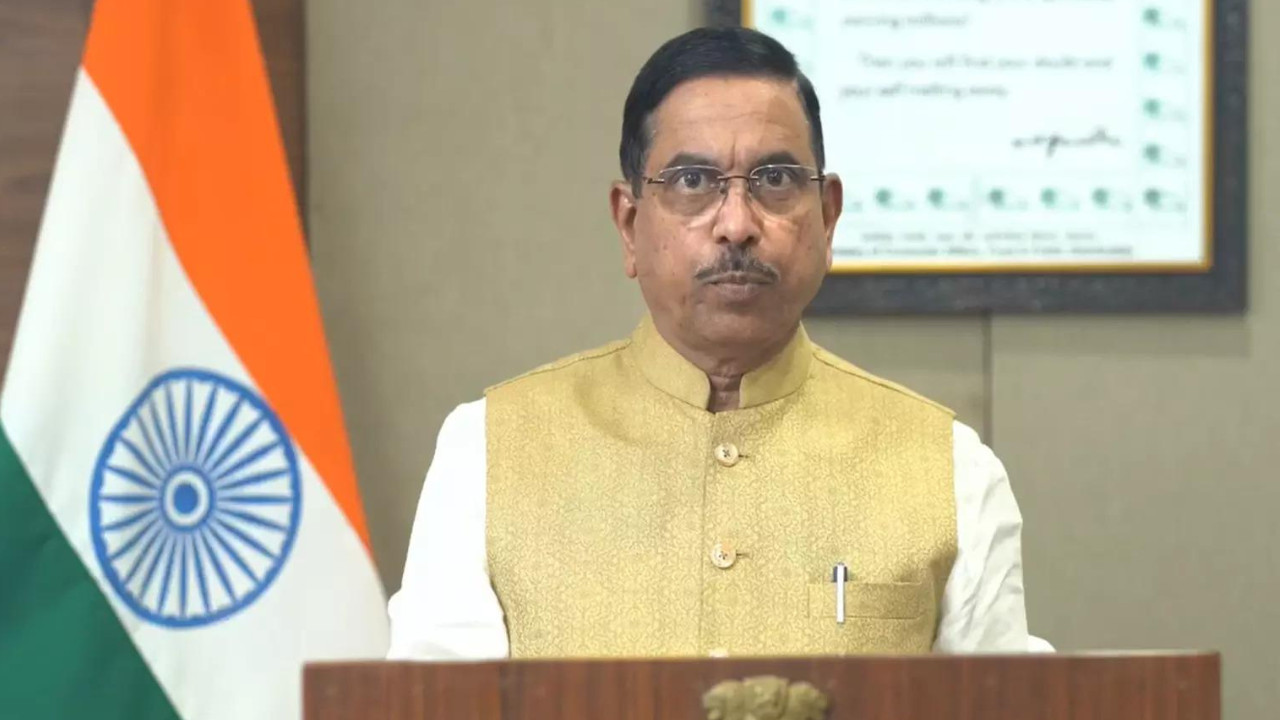Air India partners with Singapore Airlines to enhance aircraft reliability. The airline will retrofit its wide-body and narrow-body fleets. The first upgraded Boeing 787-8 is expected by December. All legacy 787-8s will be retrofitted by June 2027. Older A320 neo upgrades will be completed by September 2025. Air India is also refreshing its legacy 777s.
Giving Air India Wings Again: A Deep Dive into the Makeover
Air India, once a symbol of Indian pride, is undergoing a dramatic transformation, and it’s fascinating to watch. Beyond just new paint jobs and in-flight menus, the airline is tackling a major challenge: bringing its aging fleet up to world-class standards. Think of it like renovating a grand old mansion – you want to preserve the history and charm, but you need to modernize the plumbing and wiring.
The recent incident involving an Air India aircraft in Ahmedabad served as a stark reminder of the urgency needed in overhauling the existing fleet. While investigations are still ongoing, it undoubtedly accelerated the airline’s pre-existing plans to get things moving faster, a plan that leverages expertise from an unexpected source: Singapore Airlines.
Singapore Airlines’ Expertise and the Retrofitting Process
Why Singapore Airlines? Simple. They’re renowned for their meticulous maintenance and operational efficiency. Air India, now under the Tata Group’s stewardship, is wisely leveraging this expertise to streamline its own processes, particularly in the crucial area of aircraft retrofitting. The move is about adopting best practices, not just in the technical aspects, but also in the overall management of a large and complex fleet.
Imagine the scale of the undertaking. Each aircraft needs a thorough inspection, identifying areas that need repair, replacement, or upgrade. This isn’t just about fixing what’s broken; it’s about enhancing the passenger experience and improving operational efficiency. New seating, updated entertainment systems, and fuel-efficient engines are all part of the equation. This comprehensive approach to Air India fleet retrofitting aims to create a consistent and modern flying experience across the airline’s entire network.
The refurbishment program is about more than just aesthetics. It’s about bringing older aircraft in line with modern safety standards and passenger expectations. This involves a significant investment in both hardware and software, as well as extensive training for maintenance personnel. It’s a long and complex process, but one that is essential for Air India to regain its competitive edge.
Beyond Singapore Airlines: A Holistic Approach to Fleet Improvement
While the partnership with Singapore Airlines is a key element, Air India is also adopting a multi-pronged approach to fleet improvement. They’re investing in new aircraft, retiring older models, and optimizing maintenance schedules. The goal is to create a fleet that is both modern and efficient, capable of meeting the demands of a rapidly growing aviation market.
The airline is also focusing on improving its operational efficiency, reducing delays and cancellations, and enhancing customer service. All of these efforts are interconnected, contributing to a more reliable and enjoyable flying experience for passengers.

Challenges and Opportunities
The task ahead is not without its challenges. Retrofitting a large fleet is a complex and expensive undertaking. Coordinating the work across multiple maintenance facilities, managing supply chains, and minimizing disruption to flight schedules are all significant hurdles.
However, the opportunities are immense. A modern, efficient, and reliable fleet will allow Air India to compete more effectively in the global aviation market, attract new customers, and enhance its reputation. This transformation also presents opportunities for Indian aerospace engineers and technicians to gain valuable experience in aircraft maintenance and retrofitting, contributing to the growth of the country’s aviation industry. You can read more about India’s growing influence in the global aviation market on our site.
The long-term benefits of a successful fleet upgrade are clear. Air India will be better positioned to capitalize on the growing demand for air travel in India and beyond, generate increased revenue, and create more jobs. It’s an investment in the future of the airline and the country as a whole.
Turbulence to Takeoff: The Future of Air India
The journey to transform Air India into a world-class airline is a long one, with retrofitting the existing fleet a major step. The partnership with Singapore Airlines, coupled with a comprehensive strategy focused on modernization and efficiency, suggests a promising trajectory. The skies ahead may still have pockets of turbulence, but the commitment to improvement, and the willingness to learn from the best, could very well see Air India soar to new heights.
